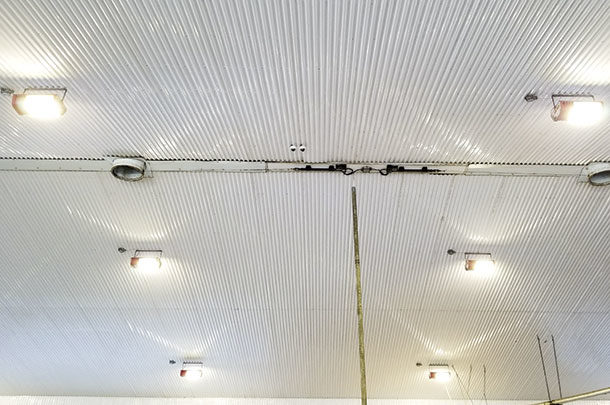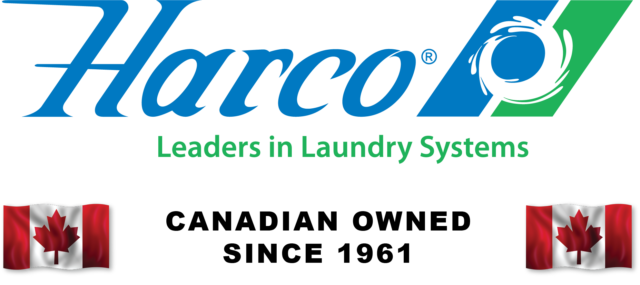To introduce this topic, grab your smartphone and open it to the camera app. Toggle to the time-lapse setting and take a 30-second time-lapse. Then watch what you just recorded.
Your 30 seconds will turn into two. Your phone isn’t filming; it is capturing pictures in quick succession.
Time-lapse allows you to view and digest data at a much faster rate than viewing film, and time saving is incredibly valuable on a dairy.
Since the 1960s, time-lapse photography has been used to monitor dairy cow behavior, but its use was mainly limited to university studies. Today, time-lapse cameras are literally at our fingertips. Dairy operations use the data captured by time-lapse cameras to improve system management, reduce cow lock-up, increase feed intake and strengthen dairy metrics.
I sat down with Josh Sanders and Caleb Peters, both consultant assistants with Standard Dairy Consultants, to hear how they’ve used game cameras in the time-lapse setting to help dairies meet their feed and cow comfort goals. They have used this technology for several years to support their customers and help meet the cows’ needs. The changes they’ve orchestrated are fascinating and surprisingly simple.
A day in the life of your cows
“Time-lapse cameras allow you to see a whole day in a short amount of time. When I visit an operation, I might be on the farm an hour, and I’m only getting a small snapshot into the cow’s day. Even employees only see small increments of pens when they monitor. With the time-lapse cameras, you’re spending a day in the life of the cow. It allows you to identify issues that don’t align with the dairy’s goals,” Sanders says.
Using time-lapse cameras to meet dairy goals
For Peters and Sanders, the first step in using time-lapse cameras is hypothesizing on an issue: maybe cow lying time or feed intakes. Then you set up the cameras with that issue in mind and establish a baseline for the problem. When you view the time-lapse, you can see how long the cows are locked up or the time push-up is happening and how frequently. Specific times and dates may be noted by the “timestamp” associated with each frame of the time-lapse. You can then accurately assess the systems in place to fix the issue.
“One client was having issues with bunks running out of feed at night, and milk production was suffering,” Peters says. “There was room for more intakes. We put cameras up to get a timeline of when the cows ran out of feed. We got the data and then put a proposal together that included how much milk was being left on the table if they didn’t increase the amount of TMR [total mixed ration] delivered.”
He goes on to say, “When you’re looking at a production goal of a dairy, the biggest thing is ensuring they have the best possible conditions for optimal milk production because that ultimately is what we are doing on a dairy.”
While time-lapse cameras will not improve production on their own, they can help meet the cow’s comfort needs, improve her feed intakes and establish efficient scheduling for the dairy’s labor and resources.
Sanders says, “If one of the goals management wants to achieve is making sure that cows meet their budget for lying time, you may go through and track how often cows are lying down and ruminating or how much time they’re away from the bunk. You can track how long they are in the parlor or at the lock-ups. We can see where bottlenecks are in their time budgets and adjust.”
Using time-lapse cameras for training opportunities
Data gathered from time-lapse cameras translate well into real-world employee training.
“I’ve taken these cameras back and walked through the video with the herdsman, and I’ve shown them what is going on with the cows,” Sanders says. “With the cameras, you give them a visual of your suggested changes. Bunkside, you can say, ‘Here’s what we’re talking about. This is when we are seeing it, and this is how we can improve.’ Then once that change is implemented, they can see the change, again, through the camera lens. Ideally, that change is resulting in improvements in the main goals of the dairy – increased milk production and efficient feed utilization.”
“The guys making the bunk calls are employees that benefit from time-lapse camera data,” Peters says. “We can throw up cameras and help him out. He thinks, ‘OK, I think it’s going to get colder tonight. I’m anticipating the cows are going to eat a little more.’ He increases the amount of TMR delivered – turns out it’s not enough. He thinks, ‘Man, I’m bumping this up, but I’m not keeping up. I want to know what time they’re running out.’ He can then review the data from the camera and see that they are running out of feed at 2 in the morning and make the appropriate adjustment.”
Keep in mind that the best use of time-lapse cameras is not to catch someone doing something wrong. Both Sanders and Peters suggest letting employees know where the cameras are. You don’t want your employees to be defensive; you want them engaged in the results.
“We are not looking to find employees doing something wrong or highlight something that went wrong; we’re looking to improve the cow’s day,” Sanders says. “They are not enforcement tools. We use them as educational opportunities.”
“When there is a problem, let’s say with lock-up times, it’s not necessarily an employee’s problem, depending on the system and schedule,” Peters says. “Cows are locked up for a reason, right? These employees are dealing with these cows, giving shots, breeding and doing what they are supposed to do. Maybe the system the employees are following [is] contributing to the problem, and adjustments can be made. You can throw cameras up and see that lockup times are a little longer than we want. Then the question is: What can we do from a system standpoint to make the employee’s job more efficient?”
Using time-lapse cameras on your operation
If you are thinking about trying out time-lapse photography on your dairy, I don’t suggest trying it out with your newest-edition iPhone, but a game camera, GoPro or Brinno camera are all decent options. Sanders suggests starting with taking a photo every five seconds. Then you’ll be able to view 24 hours in 30 minutes. You can adjust from there. Here are a few more things to consider before using time-lapse cameras on your operation:
- Know what information you are trying to gather – give your employees a heads-up and discuss the purpose of the cameras.
- Have a clear understanding of what is required by the cow. “Normal” on your dairy may not be normal for the cow.
- Source a camera that can handle your environmental conditions and record for two to three days.
- Have the right software to review the pictures in a timely manner.
- Consider camera placement. You need a clear view of what you are wanting to observe. Make sure there is adequate light at night and avoid glare from the sun during the day.
- Have a plan to give feedback to employees and consultants to make changes.
“Really, the time-lapse cameras are for when you aren’t on the farm,” Sanders says. “When we are there, we are only seeing a snapshot into the cow’s day, an hour or two, but the camera gives us a 24-hour view that doesn’t take 24 hours to view.”
The contributors to this article assist in providing dairy nutrition and management consulting as part of Standard Dairy Consultants (SDC). SDC provides innovative and customized solutions to dairy producers throughout the U.S., with facilities in Idaho, Iowa, Pennsylvania, Texas and Washington.






